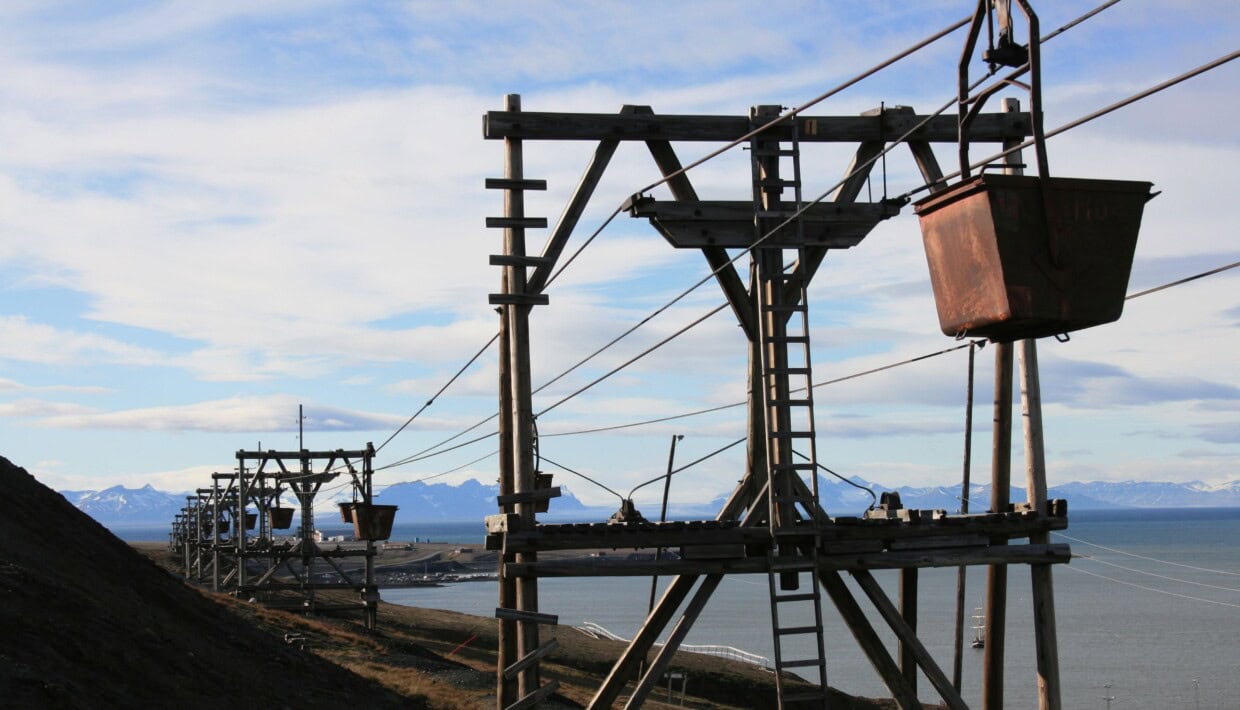
The Polar Archipelago of Svalbard: Historical Exploitation and Industrial Cultural Heritage
The industrial heritage of Svalbard tells an important story of human activity in the Arctic – and today faces significant conservation challenges.
On August 14, 2025, it will be 100 years since the Svalbard Treaty came into force. The treaty was signed on February 9, 1920, and has since been ratified by 45 countries. It grants Norway ‘full and absolute’ sovereignty over Svalbard, while also setting clear requirements for how the area is to be managed.
Anne Cathrine Flyen (NIKU) has written this article as published in Bulletin No. 109 of the International Committee for the Conservation of the Industrial Heritage Bulletin, in which she draws attention to the industrial cultural heritage of Svalbard – an important part of the archipelago’s history and identity.
Historical Exploitation and Industrial Cultural Heritage
The polar archipelago of Svalbard has been exploited for its
natural resources for several centuries. During the 17th and
18th centuries, Dutch and English whalers conducted intensive
whaling operations in the region. Around the mid-18th century,
Russian trappers began overwintering on the islands, primarily
hunting fur-bearing animals. This practice was later adopted by
Norwegian hunters from approximately the mid-19th century
and continues to a limited extent today.
At the beginning of the 20th century, several nations, including
England, Scotland, the United States, Sweden, Russia and Norway,
initiated exploratory operations for mineral extraction. Numerous historical remnants from these various international activities
remain scattered across the archipelago, continuing to shape its
cultural landscape.
Coal mining continued in Longyearbyen until recent years,
and the remnants of this industry remain a defining feature of
the town’s cultural landscape, clearly reflecting its historical
foundations. Although all coal mining activities on Svalbard
have now ceased — except for the Russian-operated mine
in Barentsburg — the physical traces of this legacy remain
prominent in the Arctic environment, and Norwegian authorities are committed to preserving these historical markers.
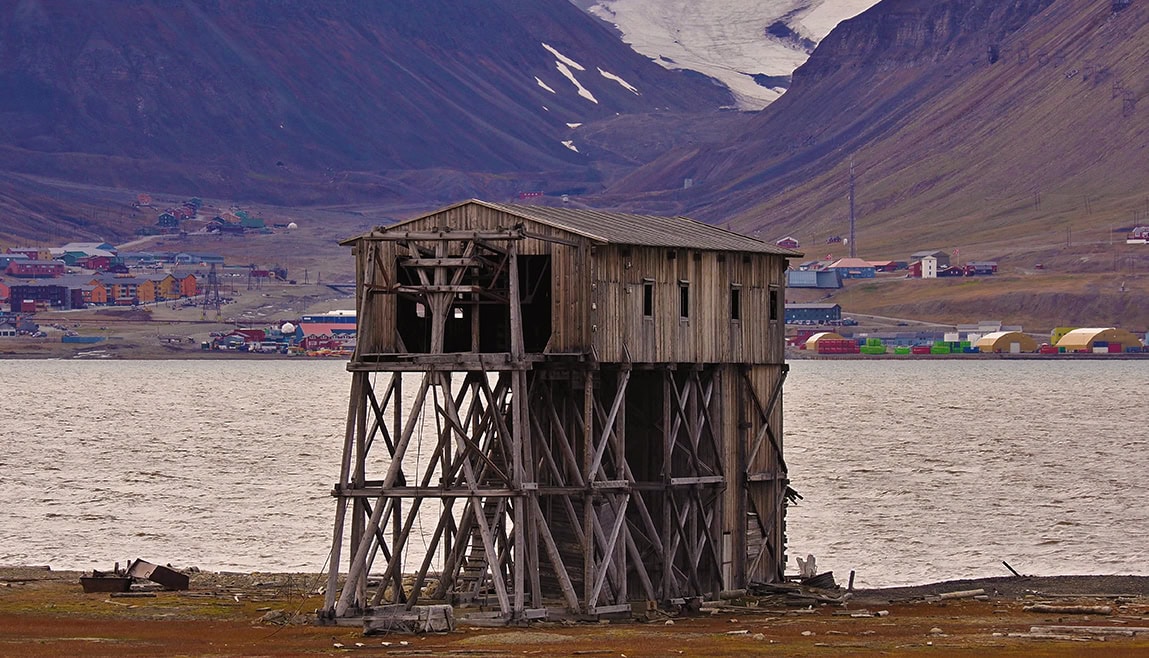
All cultural heritage sites dating from before January 1, 1946,
are automatically protected under the Svalbard Environmental Protection Act.
Conservation Challenges in a Harsh Climate
A persistent dilemma concerns how to preserve Svalbard’s industrial cultural heritage, both technically and economically. These cultural environments do not generate direct revenue, yet their preservation is highly resource-intensive. The structures are large and complex, exposed to harsh and degrading natural forces, and require nearly continuous maintenance. While such upkeep was once an integral part of daily operations during active use, the closure of the mines has transformed maintenance into a substantial and difficult-to-finance undertaking.
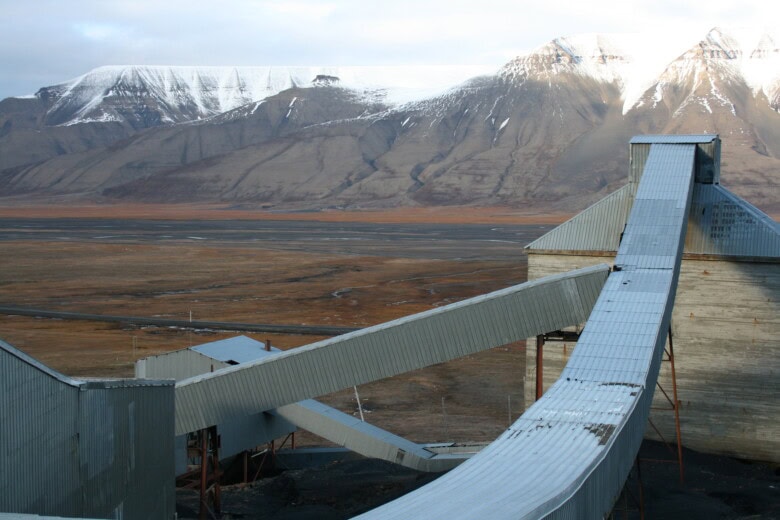
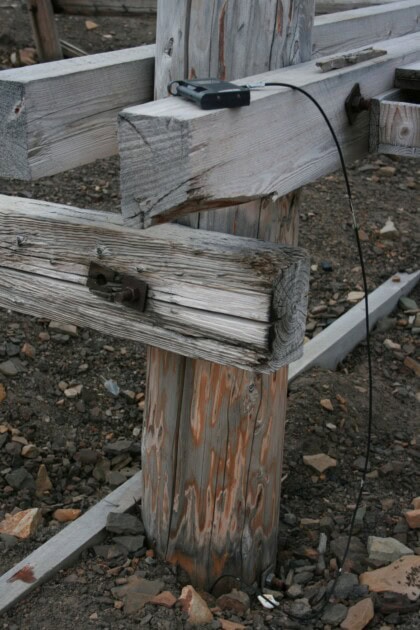
Furthermore, knowledge related to the infrastructure and its
maintenance is gradually being lost, while the accelerating deterioration of the sites exacerbates the problem. In short, many heritage assets are at imminent risk of disappearing, and addressing this issue will require innovative and sustainable preservation solutions.
Just outside Longyearbyen, Mine 6 still stands with its massive installations, and the aerial cableway system—once connecting multiple mines in and around Longyearbyen—remains a prominent testament to the industrial foundations of Longyearbyen and the broader Svalbard community.
Industrial heritage tourism
Today, tourism is one of Svalbard’s most important economic sectors. Cultural heritage sites related to historical industrial activities, hunting and trapping, and scientific expeditions across the archipelago play a significant role in attracting visitors.
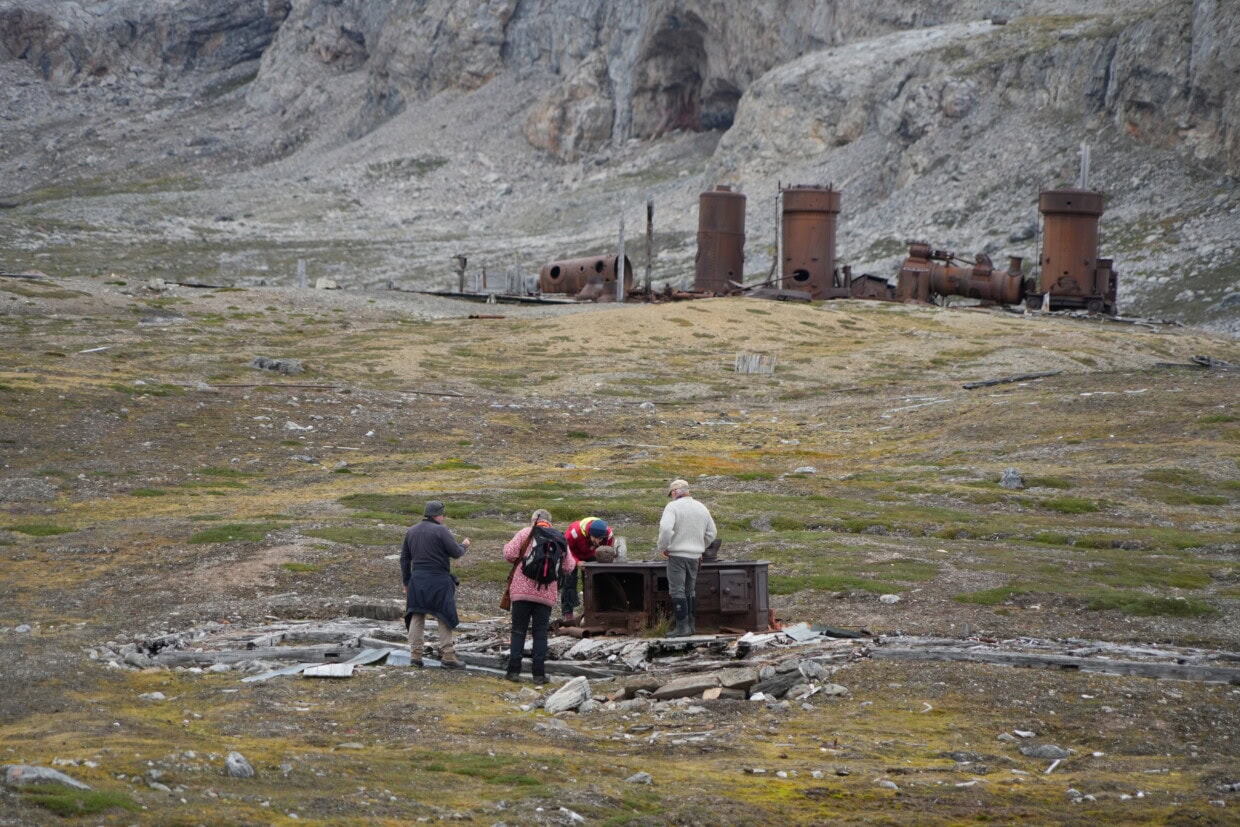
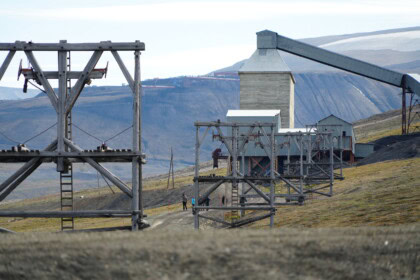
In Longyearbyen, the authorities have chosen to partially fund
the preservation of industrial heritage through the Svalbard Environmental Protection Fund. This fund is primarily financed by a visitor tax, which is automatically collected from all individuals entering Svalbard.
In the mining town of Svea, located south of Longyearbyen at the innermost part of Van Miijenfjorden, authorities adopted a different approach to heritage preservation. Following the cessation of coal mining operations in 2016—after nearly a century of continuous activity—the entire area affected by industrial operations was cleared and restored to its natural state, following the Svalbard Environmental Protection Act.
Svea: From Industry to Digital Memory
The mining activities in Svea have played a significant role in asserting Norwegian sovereignty over Svalbard throughout the past century, serving as a key geopolitical cornerstone. Consequently, the industrial presence in this region holds substantial symbolic and cultural importance both locally within the Svalbard community and nationally for Norway.
To preserve the cultural and historical value of Svea, the Norwegian Institute for Cultural Heritage Research (NIKU) proposed a digital documentation initiative. Before the commencement of the site restoration, a comprehensive digital model of the mining settlement was developed. This model aims to provide a virtual experience of the site post-removal and is nearing completion. It will be accessible via a dedicated website and partially integrated into the Gruve 3 mining museum in Longyearbyen.
What will be the next step?
This example illustrates the use of diverse strategies for preserving elements of Svalbard’s industrial heritage. However, significant challenges remain. The rate of deterioration of other industrial heritage sites across the archipelago is accelerating, and limited efforts have been made to safeguard their cultural value.
In summary, there is an urgent need for innovative preservation solutions, as many heritage assets are at risk of being lost shortly.

